December 30th 1235 GMT
A bin scan revealed two sunspots at last!
In the meantime, with about a minute between shots, I did some deep sky binoculars scanning. I could hardly remember the last time I had done it!
The Andromeda Galaxy (M31) looked superb, with hints of a dust lane and I thought I'd caught sight of a satellite galaxy. It was definitely one of my best views ever. The Pleiades (M45) were superb but there was little or no doubt about that. I was beginning to wish I wasn't busy outside of astronomy and would have liked to have done some deep sky photography with a telescope.
Quite unsurprisingly, the Hyades, Perseus Double Cluster and Melotte 20 were great. M35 was the best I'd ever seen it in binoculars and it encouraged me to try some fainter targets. Spectacular it wasn't but I saw the Crab Nebula (M1) and the Pinwheel Galaxy (M33). The latter took a fair amount of finding, as I hadn't seen it for ages. It also took me a while to catch M81 and M82. I thought M82 seemed to have a tail and looked more lop-sided than it does in the photos.
Neither the Beehive (M44) nor the Orion Great Nebula (M42) were well-placed but both looked great and I picked up M67 on the way, too. Near M42 I noticed a double star. I hadn't noticed it before but made a mental note to look it up in a star atlas.
I had a bit of trouble finding M36, M37 and M38 in Auriga, mostly because I hadn't seen them for a while but they looked clear enough when I found them. I finished off with M52 and M103 in Cassiopeia and noticed a whole skyful of stars in the region that I just hadn't noticed in binoculars before.
As for the photo, I combined 13 of 14 images but everything outside of the almost circular region that appeared in all frames was not evenly exposed, so I just combined the central part and got this from Deep Sky Stacker and GIMP.
December 28th 1030 GMT
I bin scanned the Sun from indoors but did not see any sunspots.December 27th 0955 GMT
I bin scanned the Sun from indoors but did not see any sunspots.December 25th
I was finished the reprocesses from 2008.December 24th
Time for some more hydrogen alpha reprocesses from 2008.December 24th 0920 GMT
My dreaded cold had progresses to sinusitis, so I bin scanned the Sun from INSIDE the house and noticed that the sunspots had rotated.December 23rd 1125 GMT
There was a rare moment of clear sky and I was able to see 2 sunspots about to rotate off and one that had just rotated on.December 23rd
It was time to reprocess more hydrogen alpha solar shots from 2008.December 22nd
With poor weather and a cold keeping me from any live observations, I reprocessed some more hydrogen alpha solar shots.December 21st
I reprocessed some more hydrogen alpha solar photos from 2008.December 19th 2220 GMT
Although some cloud had been around earlier in the day, it was very clear around the zenith, although there was some haze near the horizon. My plan was to take some zenith shots, rotating the camera, to see if I could combine frames into a larger area. I used ISO 3200 and 30 seconds' exposure at 18mm.In the meantime, with about a minute between shots, I did some deep sky binoculars scanning. I could hardly remember the last time I had done it!
The Andromeda Galaxy (M31) looked superb, with hints of a dust lane and I thought I'd caught sight of a satellite galaxy. It was definitely one of my best views ever. The Pleiades (M45) were superb but there was little or no doubt about that. I was beginning to wish I wasn't busy outside of astronomy and would have liked to have done some deep sky photography with a telescope.
Quite unsurprisingly, the Hyades, Perseus Double Cluster and Melotte 20 were great. M35 was the best I'd ever seen it in binoculars and it encouraged me to try some fainter targets. Spectacular it wasn't but I saw the Crab Nebula (M1) and the Pinwheel Galaxy (M33). The latter took a fair amount of finding, as I hadn't seen it for ages. It also took me a while to catch M81 and M82. I thought M82 seemed to have a tail and looked more lop-sided than it does in the photos.
Neither the Beehive (M44) nor the Orion Great Nebula (M42) were well-placed but both looked great and I picked up M67 on the way, too. Near M42 I noticed a double star. I hadn't noticed it before but made a mental note to look it up in a star atlas.
I had a bit of trouble finding M36, M37 and M38 in Auriga, mostly because I hadn't seen them for a while but they looked clear enough when I found them. I finished off with M52 and M103 in Cassiopeia and noticed a whole skyful of stars in the region that I just hadn't noticed in binoculars before.
As for the photo, I combined 13 of 14 images but everything outside of the almost circular region that appeared in all frames was not evenly exposed, so I just combined the central part and got this from Deep Sky Stacker and GIMP.
I tried using Microsoft ICE but the result was not as good as this one.
Here.s some from April 6th 2008.
Here's the full disc shot from April 7th 2008.
This is a close-up from April 23rd.
This is the full disc shot from May 6th.
After the X Factor, I
checked the sky and saw it was clear. I went out with my DSLR, with the
intention of catching some Geminid meteors. I saw 10 in half an hour
plus 2 sporadic ones in the same part of the sky but travelling in
different directions. The brightest meteor was about -2.5 magnitude,
similar to Jupiter. I didn't catch any meteors on film as my first flick
through the results but picked up some interesting constellation shots.December 19th 1345 GMT
It had been 10 days since I'd seen the Sun! Most of the problems were weather-related, although I missed some clear spells because of work. Anyway, the Sun was really active.December 18th
I reprocessed some more solar hydrogen alpha images from 2008.December 15th
I reprocessed some old solar hydrogen alpha images from March 21st 2008.Here.s some from April 6th 2008.
This is a close-up from April 23rd.
This is the full disc shot from May 6th.
December 13th 2250 GMT
After many similar attempts to capture meteors "on film" failed, I decided to try a high ISO (3200) setting and shorter exposure of 8 seconds.
The first constellation result was from 8 frames with a total exposure time of 1 min 4 seconds and finished off in GIMP as usual to remove as much background haze as possible, while still keeping the number od stars high.
December 12th Evening
I reprocessed some hydrogen alpha shots from March 2008.December 10th 1330 GMT
December 10th 0850 GMT
December 8th 1320 GMT
December 8th 1020 GMT
I checked the Sun with my binoculars but didn't see any sunspots.December 7th Afternoon
It was time to revisit old solar hydrogen alpha shots from 2008 again.December 7th 1035 GMT
After a bad start, it cleared enough for me to check the Sun with my binoculars but I didn't see any sunspots.December 6th 1255 GMT
December 6th 0945 GMT
December 5th 1410 GMT
The Sun had cleared the cloud but was very low. I had a look in my PST and the image was rather faint, suggesting that extinction due to the Sun's low elevation was a factor. I just took a few full disc frames. Nothing was obvious visually, except for the sunspots and some bright regions (faculae) surrounding them.December 5th 1335 GMT
Conditions cleared but the Sun was already quite low and in some haze. If you are reading this from outside the UK, you may not be aware of this: the Sun never gets much above the horizon in December and January. Even though I live in the south of England, solar viewing is never that good at that time of year. Nevertheless, I saw one large sunspot about to rotate off and another one that must have just formed or rotated on.December 5th
So with the day starting with cloud cover, yes, you guessed it right! This time the photos were from 2008.December 4th
http://www.youtube.com/watch?v=4sT2kDCfbBo&list=PL--6h1svyG-FeycYHvs0ZwCSHl3LAi1xg&index=15
Here's the shots:
December 3rd 1210 GMT
December 3rd 0855 GMT
The sky was mostly clear but there were some low clouds. I caught the Sun between two banks of cloud and spotted 3 sunspots.December 2nd 1710 GMT
The Moon was waxing gibbous and the conditions were hazy following a cloudy day. I took some full disc shots but didn't manage any close-ups as the batteries were flat. It was great to get the first live action of the month.December 2nd
At various times of the day, I reprocessed some old solar shots from 2007 again.December 1st Evening
With 100% cloud cover and drizzle, I reprocessed some solar hydrogen alpha shots from 2007.






























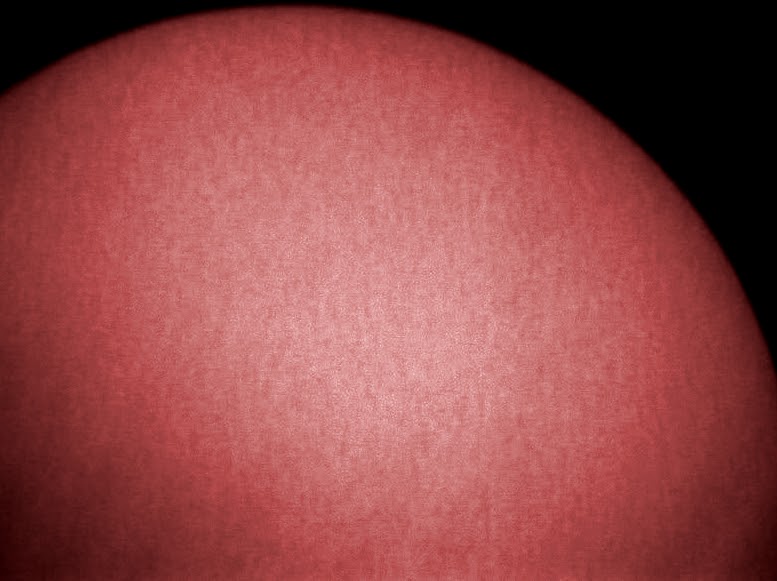




















































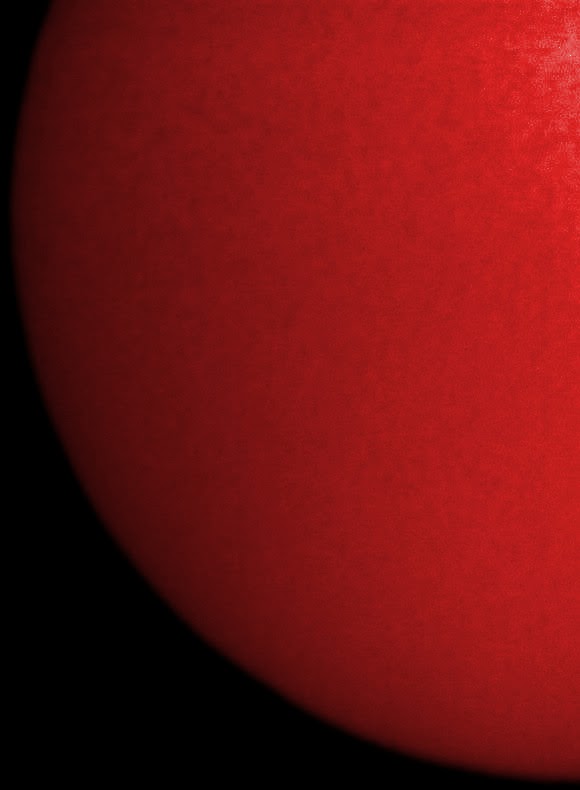






























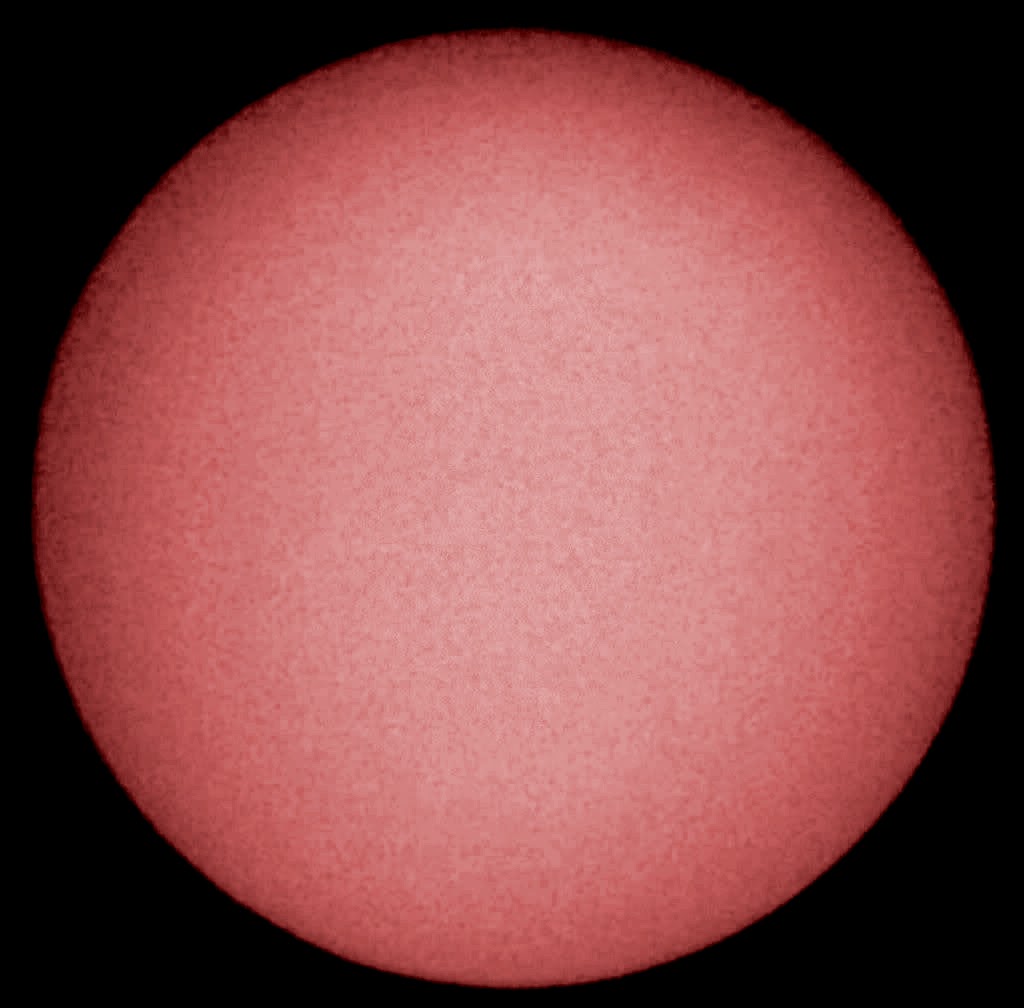














































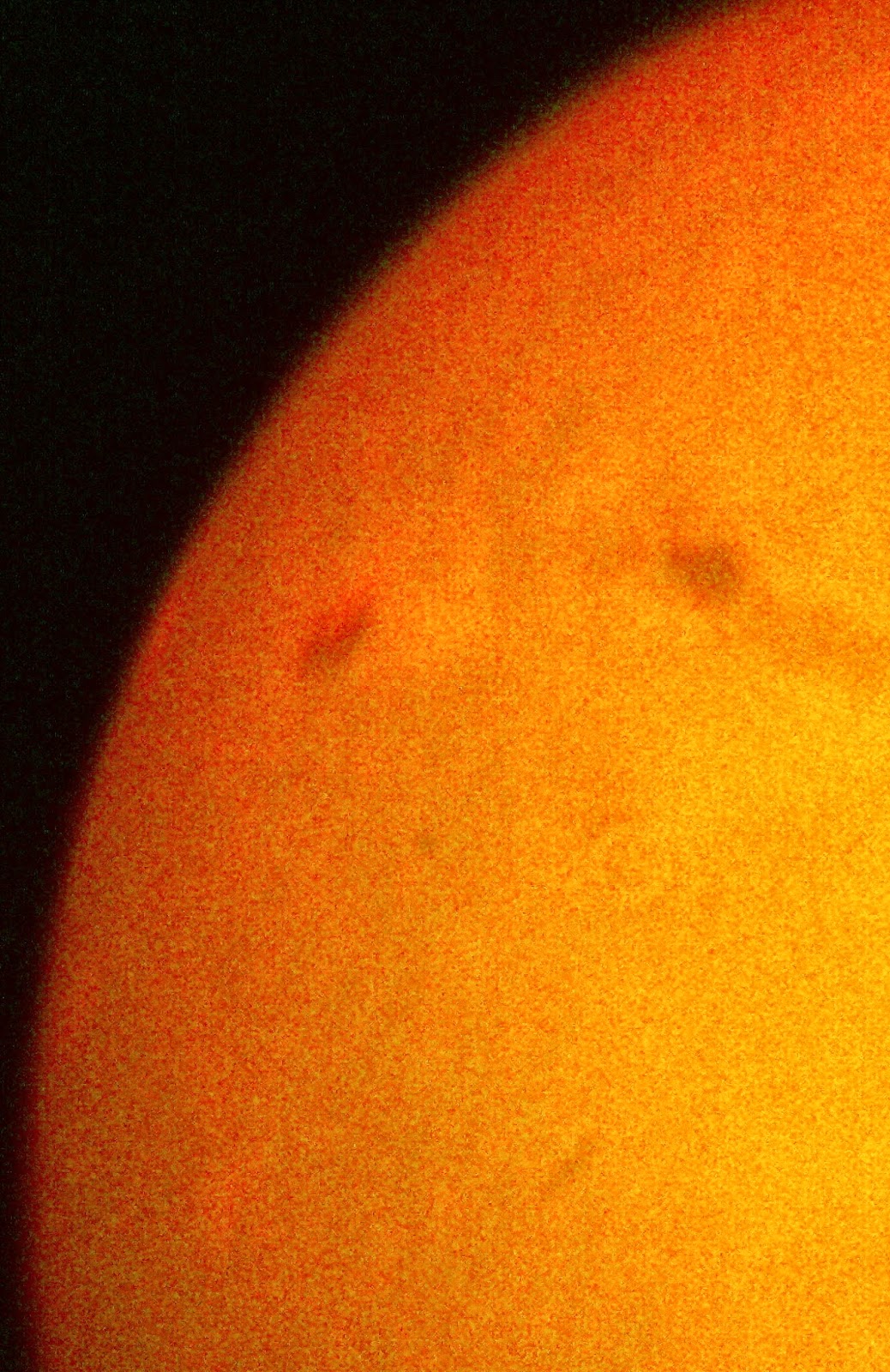



























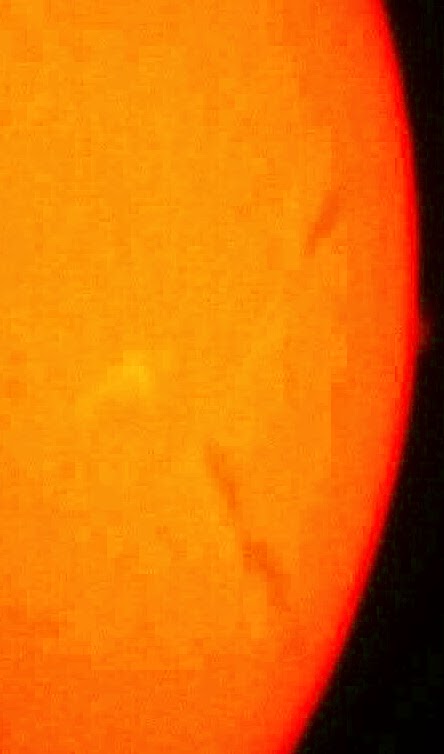














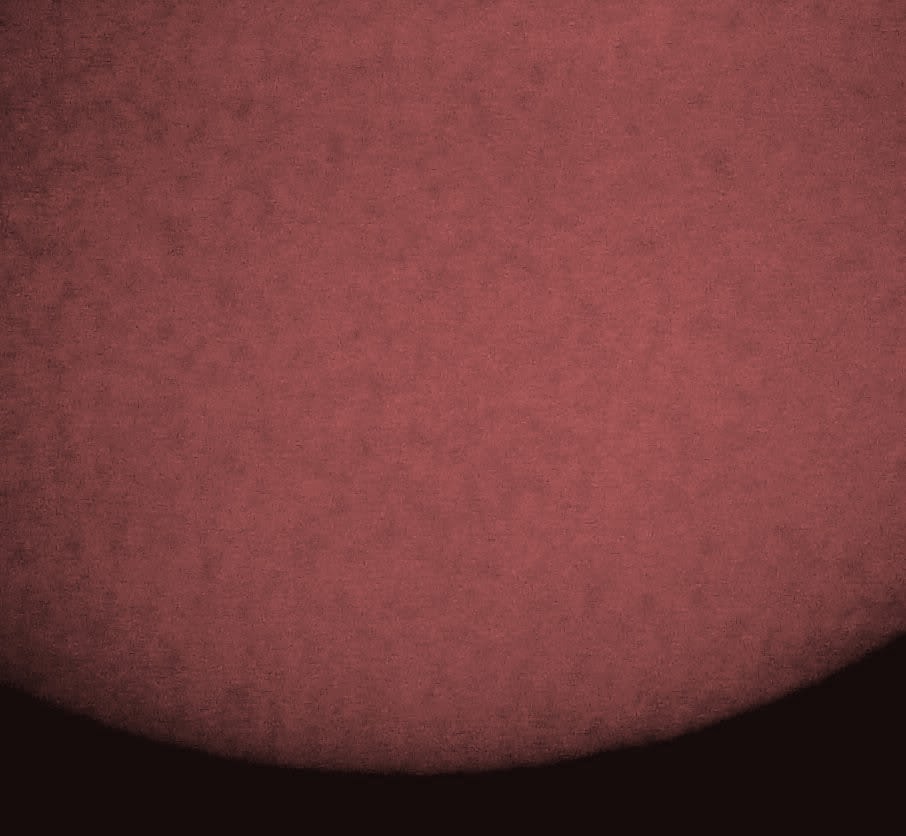


















































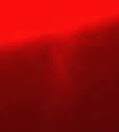






















No comments:
Post a Comment